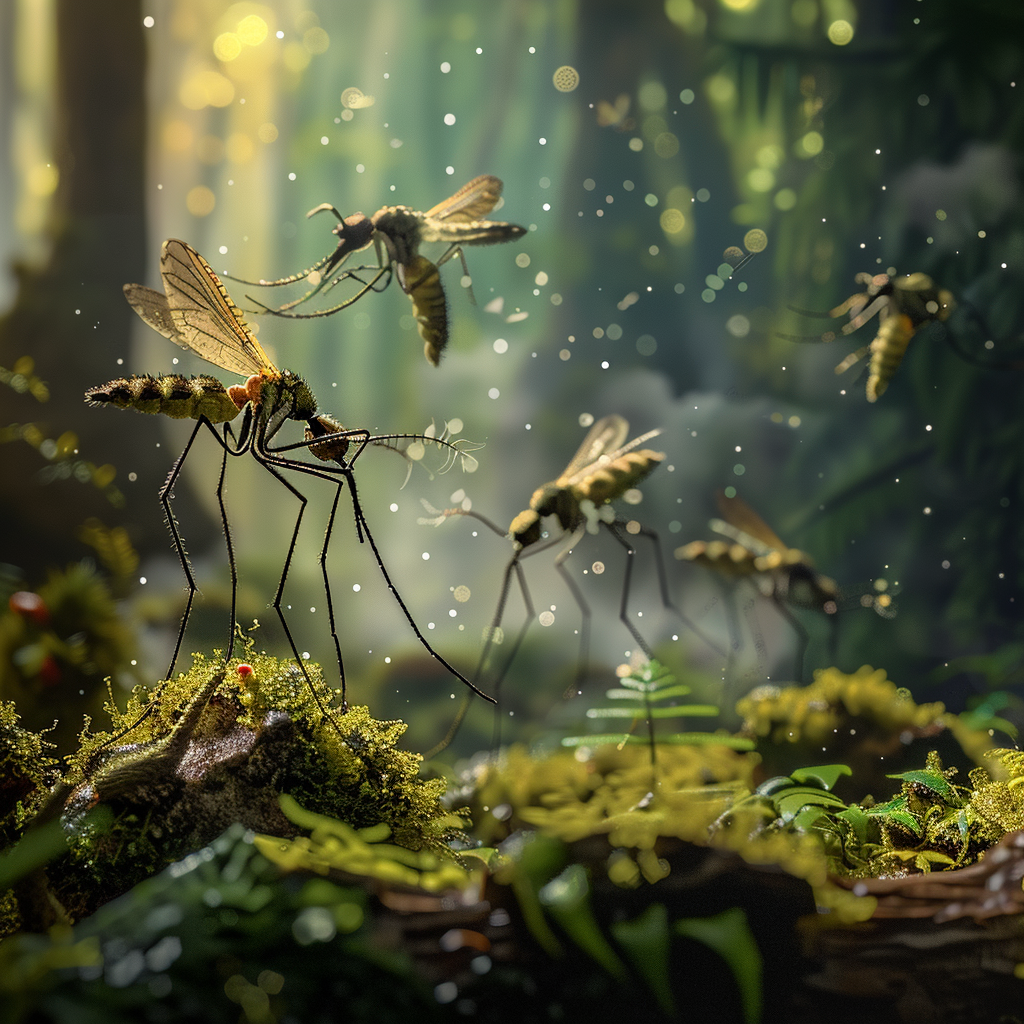Killing and Preventing Fungus Gnats
Fungus gnats, those tiny, dark-winged insects buzzing around your plants, are more than just a nuisance. While the adults are mostly harmless, their larvae can cause significant root damage, hindering plant growth. Fortunately, with the right knowledge and tools, controlling these pests is achievable. This guide will walk you through understanding, preventing, and eradicating fungus gnats, ensuring the health and vitality of your indoor garden.
Understanding Fungus Gnats
Fungus gnats belong to the family Sciaridae and thrive in moist environments, making overwatered plants a perfect breeding ground. The lifecycle of a fungus gnat includes egg, larva, pupa, and adult stages, with the entire process taking about four weeks under ideal conditions. It's the larval stage that poses the real threat to plants, feeding on organic material and, more critically, plant roots.
Preventative Measures
Prevention is key in the fight against fungus gnats. By creating less favorable conditions for these pests, you can significantly reduce their presence.
-
Soil and Moisture Management: Overwatering is the primary attractant for fungus gnats. Allow the top layer of soil to dry out between waterings, and consider using a moisture meter to gauge the soil's moisture level accurately. Implementing a bottom-watering system can also discourage gnats, as the surface soil remains drier.
-
Soil Selection: Opt for well-draining, high-quality potting mixes to prevent excessive moisture retention. Some gardeners add a layer of sand or a breathable fabric over the soil's surface to deter gnats from laying eggs.
-
Plant Quarantine: New plants can introduce fungus gnats to your garden. Quarantine new additions and inspect them carefully for signs of infestation before integrating them with your other plants.
Identification and Immediate Action
If you spot fungus gnats, immediate action is crucial to prevent them from multiplying.
-
Yellow Sticky Traps: These traps are effective for catching adult gnats and monitoring infestation levels. Place them near the soil surface of affected plants.
-
Reduce Moisture: Let the soil dry out more than usual, as drier conditions are detrimental to gnat larvae.
Natural and Chemical Control Methods
When prevention and immediate actions aren't enough, it's time to consider more aggressive control methods.
-
Biological Controls: Beneficial nematodes (Steinernema feltiae) and the bacterial insecticide Bacillus thuringiensis israelensis (BTI) are highly effective against gnat larvae without harming plants. These biological agents specifically target the larval stage in the soil, disrupting the lifecycle of the gnats.
-
Hydrogen Peroxide Solution: Mixing one part hydrogen peroxide with four parts water and drenching the soil can kill gnat larvae on contact without harming your plants. This method oxygenates the soil and can help prevent future infestations.
-
Chemical Insecticides: While less desirable due to their environmental impact, chemical insecticides can be used as a last resort. Products containing pyrethrins can be effective against adult gnats. Always follow the manufacturer's instructions and consider the safety of pets and children when using chemical treatments.
-
Diatomaceous Earth: This natural powder can be sprinkled on the soil's surface, where it acts as a physical barrier and desiccant, drying out and killing gnat larvae.
Cultural Controls
-
Air Circulation: Improving air circulation around your plants can help dry out the soil surface more quickly and make the environment less inviting for gnats.
-
Sanitation: Regularly remove dead plant material and debris from the soil surface, as these can provide food and breeding grounds for gnat larvae.
Conclusion
Fungus gnats can be a formidable foe, but with a comprehensive approach combining prevention, immediate action, and both natural and chemical control methods, you can protect your plants from these pesky invaders. Remember, the key to success lies in understanding the enemy, being vigilant, and adopting an integrated pest management strategy tailored to your specific gardening environment. With patience and persistence, you can achieve a fungus gnat-free garden, allowing your plants to thrive in a healthy, vibrant ecosystem.

